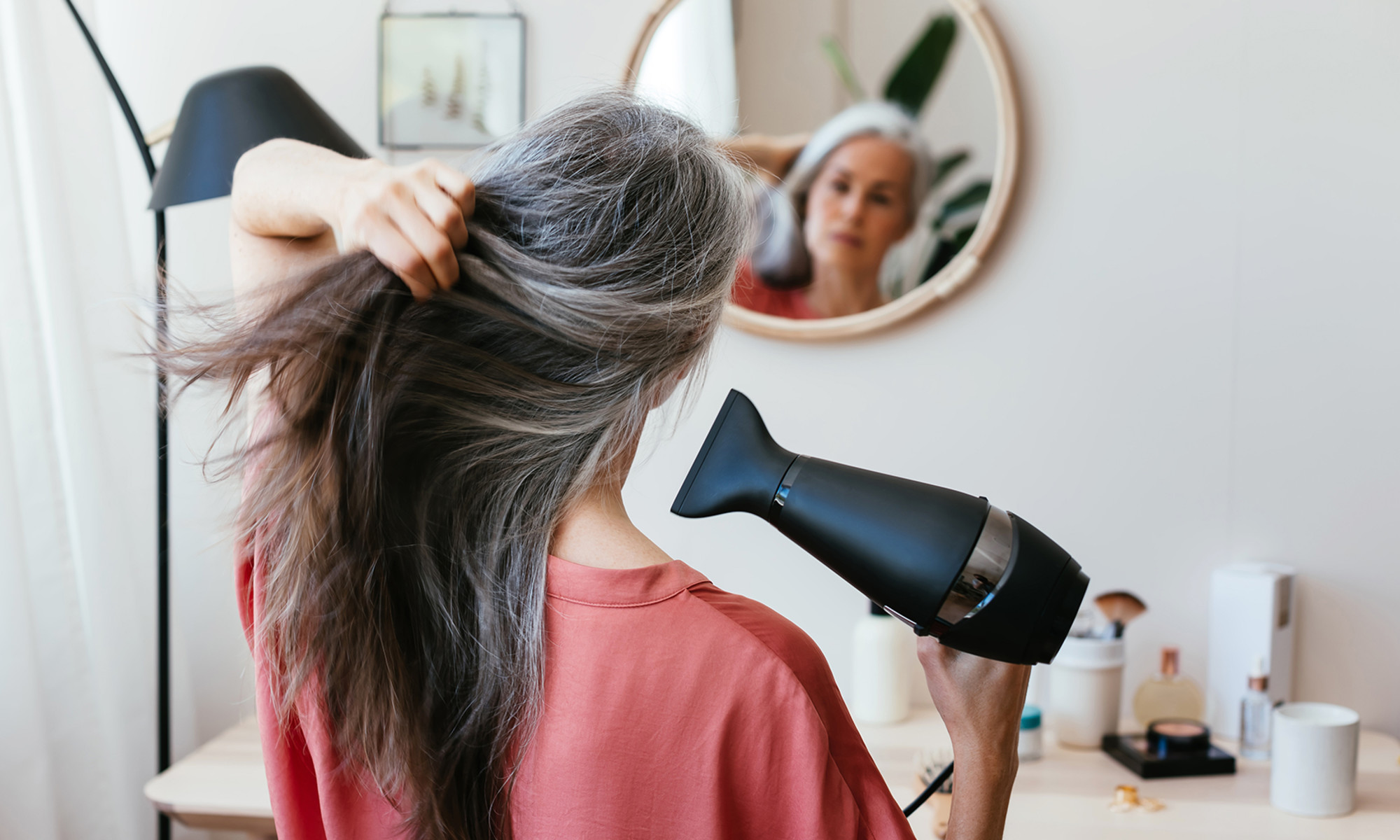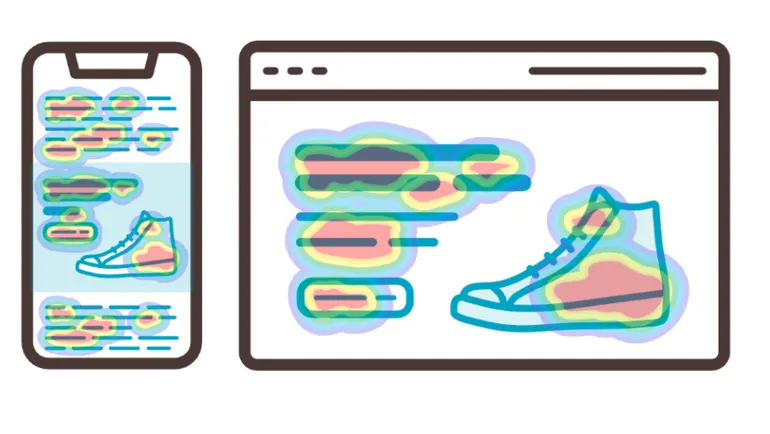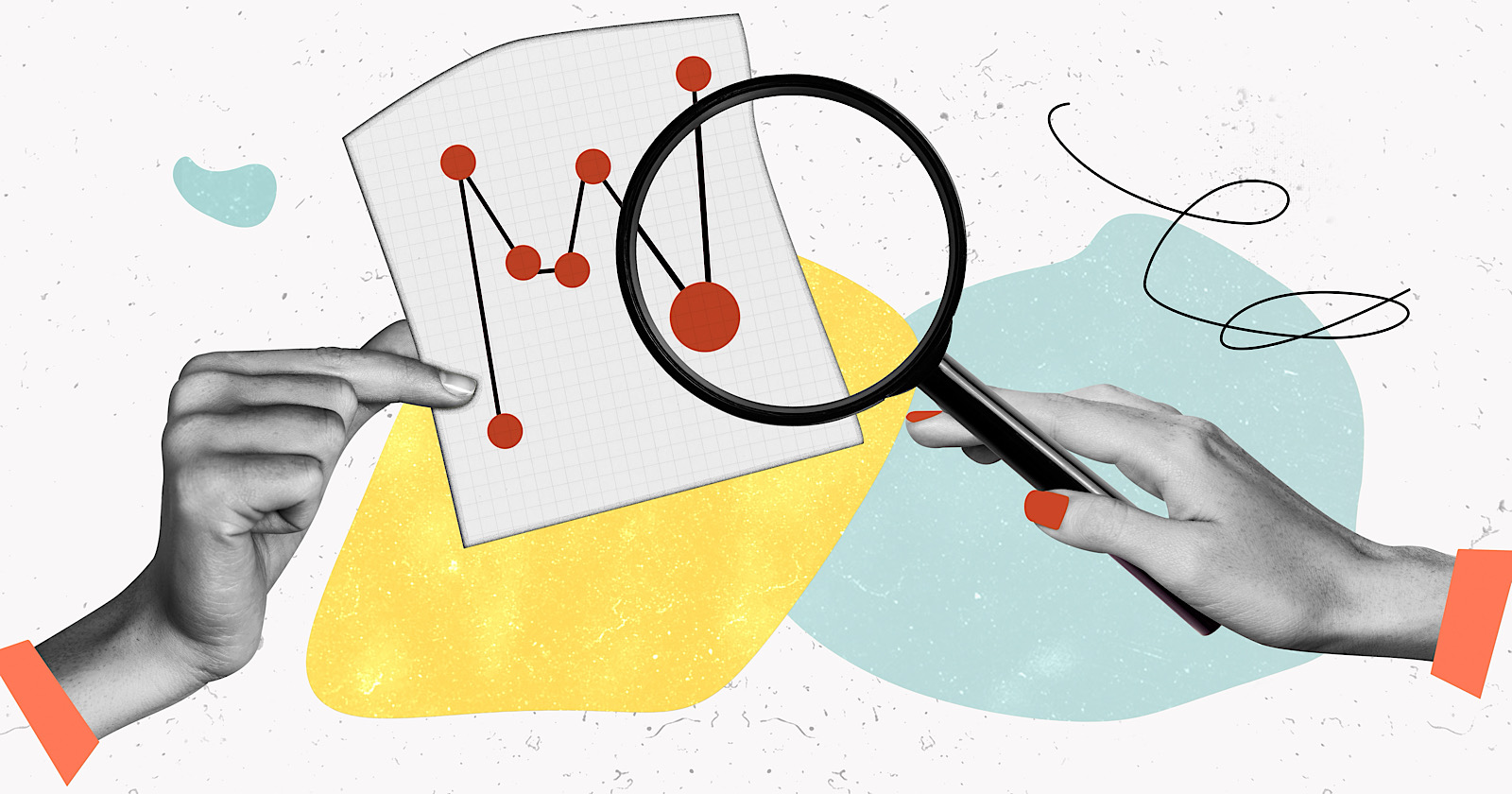A Beauty Expert's 3-Step Guide To Lush Hair Growth & Less Frizz
Class is in session.

Image by BONNINSTUDIO / Stocksy April 27, 2023 Our editors have independently chosen the products listed on this page. If you purchase something mentioned in this article, we may Every beauty professional has their nonnegotiable steps. In our series Like a Pro, we tap experts for the top three techniques they absolutely swear by. Here, you'll hear from a variety of industry insiders on the fail-safe tricks they always keep in their back pockets. We're all about simplifying your beauty regimen wherever you can, and sometimes the best routines are as easy as 1, 2, 3.
Advertisement
This ad is displayed using third party content and we do not control its accessibility features.
Welcome, dear readers, to damaged hair boot camp. If you're dealing with increased frizz, heat damage, seasonal dryness, or just some overall neglect (unfortunately raises hand), Joel Warren is here to guide you through the program. As an iconic stylist, globally acclaimed hair expert, and the brainchild of NYC-based The Salon Project, Warren certainly knows a thing or two about healthy, fluffy, downright thriving strands. Below, he bestows us with his professional knowledge—class is officially in session: "First, I would have to figure out why the client's hair was damaged," says Warren. "Was it from color, overuse of the blow-dryer, chemical treatments, or just dry, frizzy hair?" You see, you can't expect to treat damaged hair all the same way—someone with chemical processing will need a totally different plan of action than someone with heat-damaged locks. For example: "If someone is having problems from color overuse, I would help them find a realistic hair color that can work with their natural hair color and doesn't compromise the quality of their hair," Warren explains. "This one step alone will make them happier and leave their hair in better condition." As with any beauty concern (crepey skin, acne, hair loss, et al.), getting to the root of the issue is key. Although, damaged strands may look the same at first glance—dullness, frizz, split ends, breakage, etc.—so Warren recommends heading to the salon for a consultation, if you can. "The consultation is key to resolving a client's issue and getting them on the correct path to healthy hair. Once determined, I can start a plan!" he says. This ad is displayed using third party content and we do not control its accessibility features. 2. As for said plan, Warren's advice is simple: Start conditioning, stat. Yes, everyone may have a different regimen depending on their particular type of damage, but generally, everyone can fare well from a tad more moisture. If you don't yet have a hair mask in your regular rotation, take this as a sign to feed your strands some five-star nutrients. Warren specifically recommends the K18 Molecular Repair Hair Mask, but you can feel free to opt for one of our other favorite formulas for damaged locks. Additionally, you'll want to snag a gentle, hydrating shampoo and a leave-in conditioner post-wash, "so the hair is always in a state of repair," he notes. He also recommends a light cream to coat on pre-blow-dry: "A heat-protecting product is key," he notes, as heat can thwart all your hair-repairing progress. Head over to our best heat protectant guide to find your new hair care hero. OK, but here's the thing: As much as you can baby your locks with masks, leave-ins, and serums, you cannot fully heal damaged hair. "Hair is not like skin; it does not heal," says Warren. "When the skin is injured, the body's natural healing process kicks in. The damaged cells are replaced by new cells, and the wound gradually closes. The healing process can take time, but eventually, the skin can regenerate and return to its previous state." Your hair cells, on the other hand, are already dead—they are not capable of regenerating or repairing once they grow out of your head. So while you might see products that claim to heal damaged hair, what they're really doing is improving the appearance of the hair, not reversing damage itself. So if you really want to save your brittle, damaged locks, the best thing you can do is shear off the ends and start anew. "If hair is damaged, it must be replaced by new hair growth," Warren adds. "This process can take time, and the damaged hair will remain damaged until it is cut or falls out." All that to say: Time for a trim! This ad is displayed using third party content and we do not control its accessibility features.Advertisement
Craft a conditioning plan
Advertisement
The takeaway
At the end of the day, treating damaged hair takes time and effort. It's nearly impossible to boil it down to just a few quick tips, so make sure to check out all the remedies you can find. But if Warren had to compile his nonnegotiables, he would tell you to get to the root of the damage, condition like your life depends on it, and trim the dead ends. From there, you can take preventive measures to ensure your hair stays strong and healthy—find the next 101 here.
Advertisement
This ad is displayed using third party content and we do not control its accessibility features.

 Koichiko
Koichiko 
































